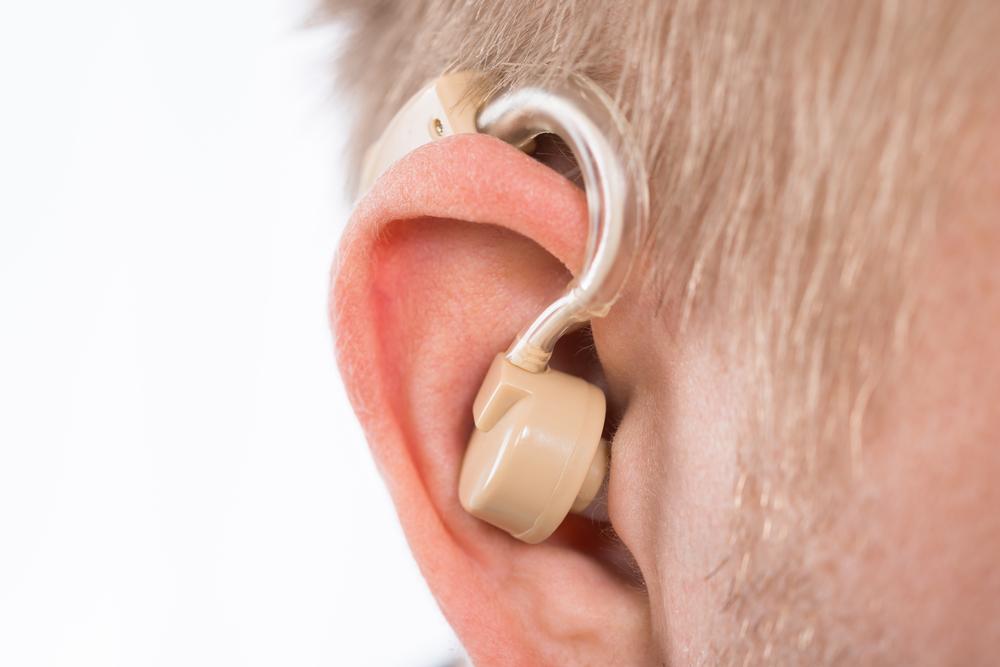Comprehensive Guide to Hearing Aid Costs and Financial Support in Germany
This detailed guide provides an extensive overview of hearing aid costs in Germany, including price ranges, influencing factors, insurance coverage, and available financial assistance programs. It aims to help individuals make informed decisions to access affordable and advanced hearing solutions tailored to their needs, ensuring better communication and quality of life.

Comprehensive Guide to Hearing Aid Costs and Financial Support in Germany
Hearing loss can significantly impact daily life, communication, and overall well-being, making hearing aids an essential solution for millions of people in Germany. Understanding the costs associated with acquiring hearing aids, along with the available financial support options, is vital for those seeking affordable and effective hearing solutions. This extensive guide covers the typical price ranges, factors influencing costs, healthcare coverage, and financial assistance programs designed to help individuals access hearing aids without undue financial burden. Whether you are in need of a basic device or an advanced model, gaining insight into these aspects can simplify the process of obtaining the hearing aid that best fits your needs and budget.
1. Typical Hearing Aid Price Range in Germany
Hearing aid prices in Germany vary widely depending on technology, brand, and features. They can range from several hundred euros to several thousand euros per device. Recognizing these variations can help you navigate your options effectively.
Basic hearing aids, which primarily serve to amplify sound for those with mild hearing impairment, usually fall between €500 and €1,000. These models are suitable for individuals needing straightforward amplification without advanced features.
Mid-range models typically cost between €1,000 and €2,500. They often come with enhanced features such as directional microphones, Bluetooth connectivity for smartphone integration, and more sophisticated sound processing capabilities.
High-end premium hearing aids, priced from €2,500 upwards, incorporate cutting-edge technology like automatic sound adjustments, spatial audio features, noise reduction, and personalized fitting options. These devices are designed for users with more complex hearing needs seeking the highest quality sound experience.
Understanding these price categories allows consumers to align their expectations with their budgets while considering the functionality they require.
2. Key Factors That Influence Hearing Aid Costs
Several elements influence the overall price of hearing aids in Germany. Being aware of these factors can help you make informed purchasing decisions and better understand the cost breakdown.
Technology and Functionality: Devices equipped with advanced features such as adaptive noise filtering, connectivity options, and sophisticated sound processing tend to cost more due to their enhanced capabilities.
Brand Reputation: Established, well-known brands often command higher prices because of their reliability, quality assurance, and support networks.
Customization: Tailored ear molds or fittings designed to fit an individual's specific ear shape add to the cost but provide better comfort and sound quality.
Post-Purchase Support: Services like professional adjustments, ongoing maintenance, and repairs contribute to the total expense but are vital for optimal device performance and longevity.
3. Healthcare Coverage and Subsidies in Germany
In Germany, public health insurance plays a pivotal role in alleviating the financial burden of purchasing hearing aids. Depending on the individual's insurance plan and circumstances, coverage can significantly reduce out-of-pocket costs.
Statutory Health Insurance (Gesetzliche Krankenversicherung - GKV): Usually provides partial subsidies for hearing aids prescribed by ENT specialists. For adults, subsidies typically cover up to €700 per device, while for children, coverage can be up to €1,500 per device. However, higher-grade models with more sophisticated features may require additional payment from the user.
Private Insurance: Coverage varies considerably between policies. Some private insurances might offer full coverage or reimbursement for higher-end devices, while others may have limited benefits. It’s important to review your individual plan details.
Social Support Programs: For individuals facing financial hardship, social welfare programs, including subsidies and grants, may help cover part or all of the costs associated with hearing aids.
4. Financial Assistance and Support Programs
Germany offers several programs designed to support individuals with hearing impairments financially, making hearing aids more accessible to those in need.
Federal Ministry of Labour and Social Affairs (BMAS): Provides financial aid programs specifically targeted at disabled individuals, including those requiring hearing aids for daily communication and employment.
Rehabilitation Services: Vocational rehabilitation and social services organizations can assist with funding and support for individuals seeking to regain or improve communication abilities, including costs related to hearing aids.
Charitable Organizations: Various non-profits and charitable groups operate programs that supply free or subsidized hearing aids to eligible individuals, especially those with limited income or residing in underserved areas.
5. Additional Expenses to Consider
Beyond the initial cost of the device itself, there are ongoing expenses that users need to factor into their budget:
Batteries and Maintenance: Regular replacement batteries or rechargeable solutions incur expenses over time. Rechargeable hearing aids, while more expensive upfront, can reduce ongoing costs.
Accessories: Additional items such as remote controls, Bluetooth adapters, or connectivity modules can enhance usability but come at extra costs.
Professional Services: Fitting, adjustments, cleaning, and follow-up appointments are integral to ensuring optimal device performance and may involve fees.
In summary, understanding the various aspects that influence hearing aid costs and the available financial support options in Germany can significantly ease the process of acquiring suitable hearing aids. Exploring insurance benefits, government programs, and charitable support, combined with consideration of ongoing expenses, can help you make a well-informed, financially manageable decision. This comprehensive guide aims to assist individuals in navigating the complexities of hearing aid procurement, ensuring they access the best solutions for their hearing health and quality of life.




